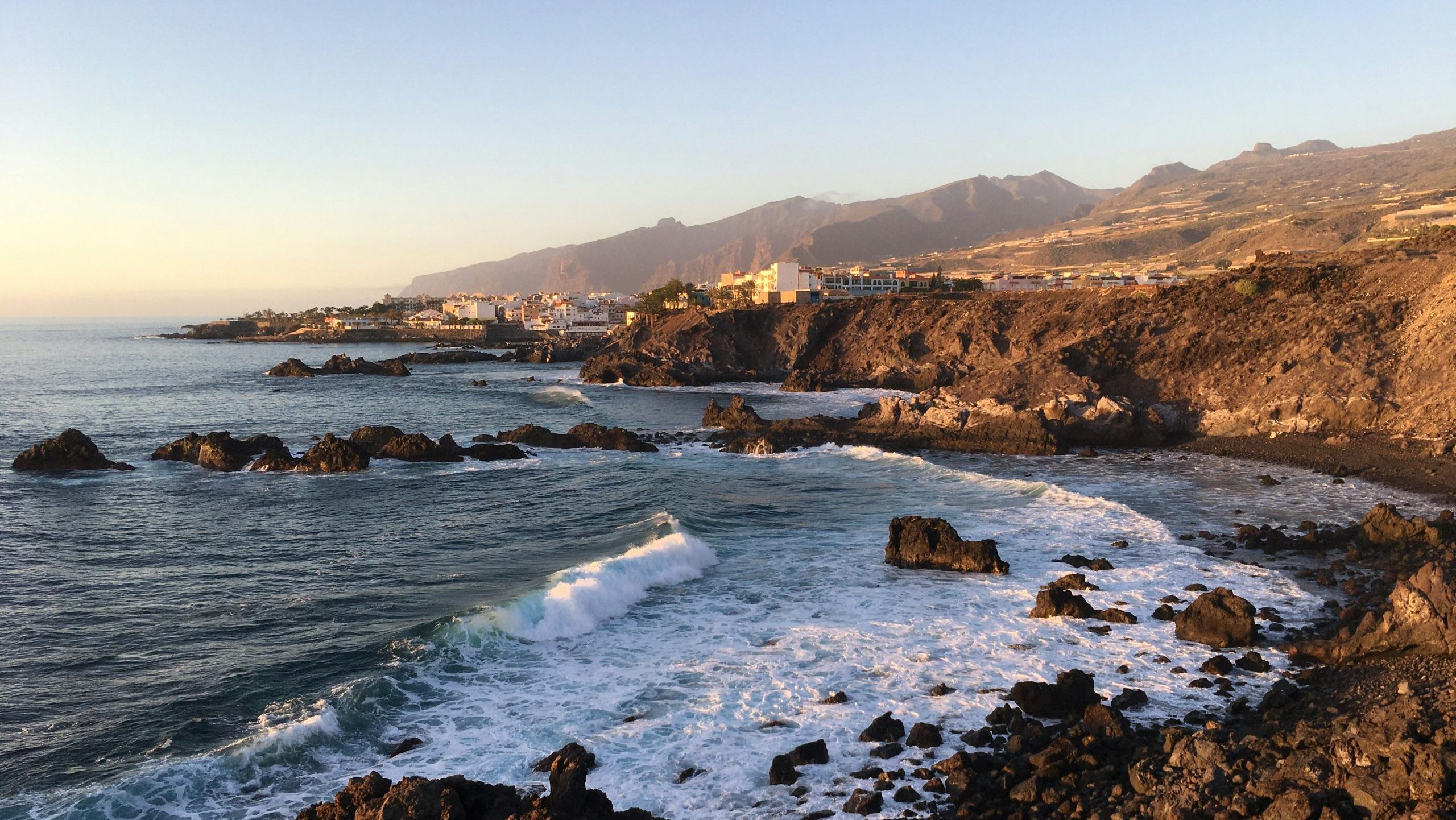The Canary Islands have a year-round population of about 2.2 million people, and nearly seven times as many people visit each year. In 2023, about 14 million people visited. Tourism makes up more than a third of the Islands’ GDP, but like many other tourism hotspots worldwide, residents in the Canaries have struggled to find affordable housing in the face of expensive tourist infrastructure.
“The priorities of the citizens of the country are left behind,” teacher Lydia Morales told the Express. “We don’t have a hospital in the south of the island. The infrastructure is collapsing because there is so much traffic.”
In London, the rally was aimed directly at British vacationers. Many visitors to the Canaries are foreign owners of holiday homes. Now that the UK is no longer part of the EU, that means British second homeowners are legally prohibited from becoming year-round residents—and, therefore, meaningful community staples—without applying for residency visas. Up to one million British citizens own real estate in Spain, but fewer than half of them have residency status there.
The Spanish government has been considering relaxing rules for British holiday homeowners so they can stay longer than 90 days in every 180-day period, but in the meantime, many Brits are reportedly selling their homes as they can no longer stay for many months at a time as they once did. This shift is also impacting communities and local businesses, one Scottish pub operator told Yahoo. Perhaps the shift is encouraging more short holidays rather than supporting longer, slower stays, which are generally considered more sustainable.
“I knew a lot of people who would come [to Tenerife] for months at a time and be here every night,” Lisa Robertson, who runs Jags Bar, said. “I haven’t seen them [since the rules changed]. There are lots of people like that. It’s quite hard.”

